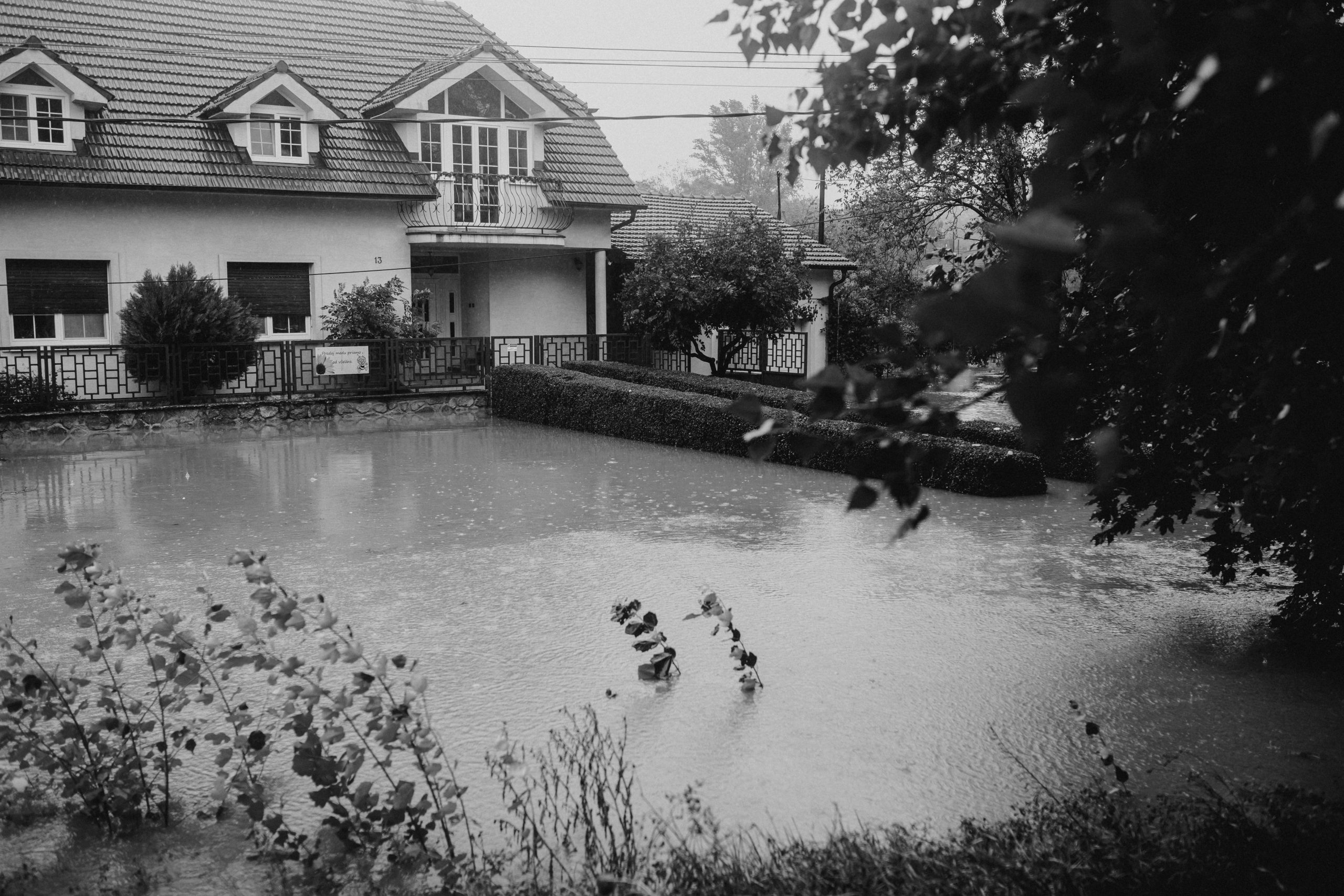Homeowners insurance is a crucial safeguard for one of your most valuable assets—your home. Whether you’re a first-time buyer or a long-time homeowner, understanding your policy’s coverage, costs, and ways to save can help you make informed decisions and protect your investment. This guide breaks down everything you need to know about homeowners insurance, from standard coverage options to practical tips for lowering your premiums.
What Does Homeowners Insurance Cover?
Homeowners insurance typically includes several types of coverage designed to protect your property, belongings, and liability. Here’s a breakdown of the most common coverages:
Dwelling Coverage
This is the core of your policy, covering the structure of your home, including walls, roofs, and built-in appliances, against perils like fire, windstorms, and vandalism. It’s essential to ensure your dwelling coverage matches your home’s rebuild cost, not its market value.
Personal Property Coverage
This protects your belongings, such as furniture, electronics, and clothing, from theft or damage. Most policies cover personal property at 50-70% of your dwelling coverage, but high-value items like jewelry may require additional riders.
Liability Protection
If someone is injured on your property or you accidentally damage someone else’s property, liability coverage helps pay for legal fees and medical expenses. Standard policies usually offer $100,000 to $500,000 in coverage.
Additional Living Expenses (ALE)
If your home becomes uninhabitable due to a covered event, ALE covers temporary housing, meals, and other living costs while repairs are made.
How Much Does Homeowners Insurance Cost?
The cost of homeowners insurance varies based on several factors, including location, home value, and coverage limits. On average, U.S. homeowners pay about $1,200 annually, but premiums can range from $800 to $2,000 or more.
Factors Affecting Premiums
- Location: Homes in areas prone to natural disasters (e.g., hurricanes, wildfires) often have higher premiums.
- Home Age and Condition: Older homes or those with outdated systems may cost more to insure.
- Coverage Limits: Higher coverage amounts or additional endorsements increase premiums.
- Deductible: Choosing a higher deductible can lower your premium but means paying more out-of-pocket for claims.
- Claims History: Frequent claims may lead to higher rates.
How to Save on Homeowners Insurance
While homeowners insurance is a necessary expense, there are several ways to reduce your premiums without sacrificing coverage.
Bundle Policies
Many insurers offer discounts if you bundle your homeowners and auto insurance policies. This can save you 10-20% on both policies.
Improve Home Security
Installing security systems, smoke detectors, and deadbolt locks can qualify you for discounts. Some insurers offer significant savings for homes with monitored alarm systems.
Raise Your Deductible
Opting for a higher deductible—such as $1,000 instead of $500—can lower your premium. Just ensure you can afford the deductible if you need to file a claim.
Maintain a Good Credit Score
Insurers often use credit-based insurance scores to determine premiums. Improving your credit can lead to lower rates.
Review and Update Your Policy Annually
Regularly reviewing your policy ensures you’re not overpaying for coverage you no longer need. For example, if you’ve paid off your mortgage or downsized valuables, you might adjust your coverage.
Common Homeowners Insurance Mistakes to Avoid
Even savvy homeowners can make mistakes when selecting or managing their insurance. Here are some pitfalls to avoid:
Underinsuring Your Home
Failing to insure your home for its full rebuild cost can leave you financially vulnerable. Regularly update your dwelling coverage to reflect construction cost increases.
Ignoring Flood or Earthquake Coverage
Standard policies exclude flood and earthquake damage. If you live in a high-risk area, consider purchasing separate policies for these perils.
Overlooking Policy Exclusions
Review your policy’s exclusions to understand what’s not covered. For example, mold or sewer backups may require additional endorsements.
Filing Small Claims
Frequent claims can lead to higher premiums or even policy non-renewal. Consider paying out-of-pocket for minor repairs to avoid rate hikes.
Conclusion
Homeowners insurance is a vital tool for protecting your home and financial well-being. By understanding your coverage options, factors affecting costs, and strategies for savings, you can secure a policy that meets your needs without breaking the bank. Regularly reviewing your policy and staying informed about potential risks will help you maintain the right protection for years to come.
